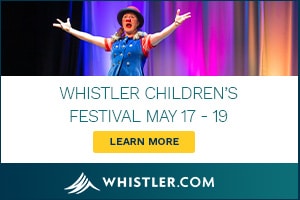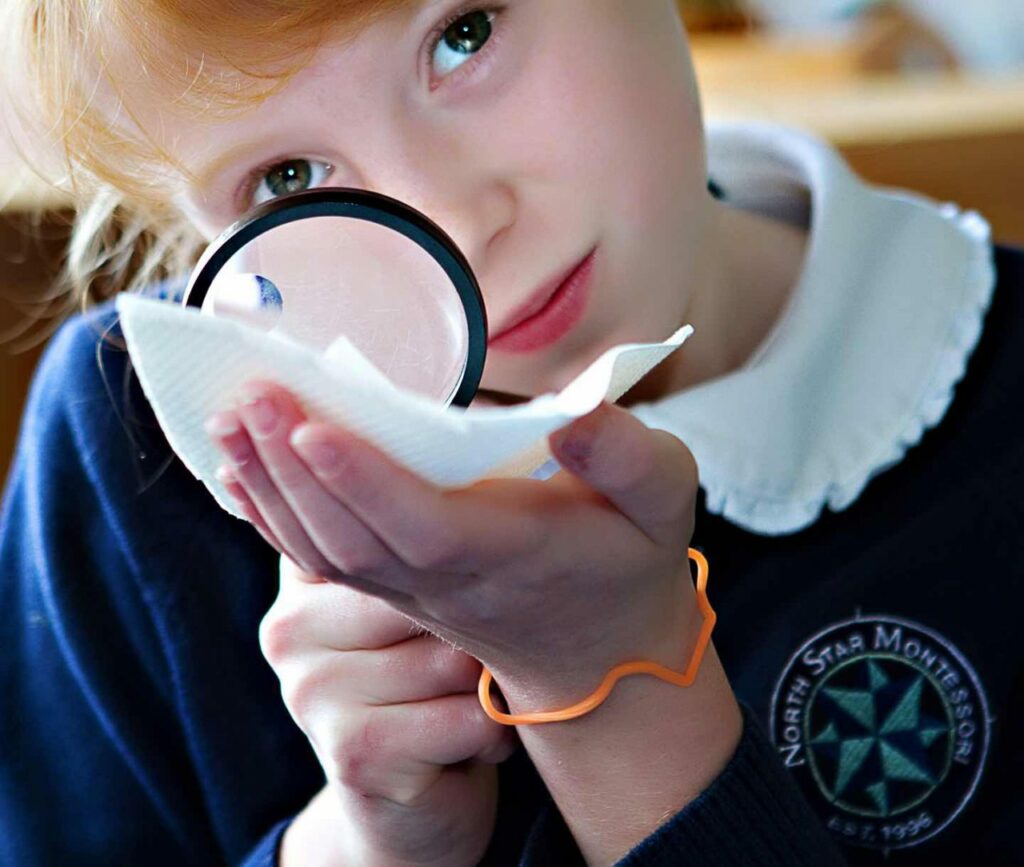As parents, we all want our children to get the best education possible, and we are lucky that here in B.C., we have some of the greatest schools in the world.
But since the roll-out of the revised B.C. curriculum in 2016, education across the province has undergone a radical overhaul. The changes began in 2016 for grades K – 9, and further updates have been launched this fall for grades 10 – 12. With so much change taking place for hundreds of thousands of young people, there is a lot of talk about this new educational approach and what it means for our kids.
One school that is more than prepared for B.C.’s new curriculum is Pear Tree Elementary. Located in Kitsilano, Vancouver, Pear Tree is an innovative private school for children in kindergarten to grade 7. Their theme-based learning approach, which integrates project-based learning, problem-based learning, and inquiry-based learning, means that Pear Tree Elementary is completely in tune with the provincial changes.
Although Pear Tree Elementary is a relatively new school (they opened as a school in 2016), it is already getting wonderful feedback from both students and parents alike.
Paul Romani, the school’s co-founder and co-director, believes that Pear Tree Elementary’s progressive theme-based learning and whole child approach are among the secret to the school’s educational success.
But what exactly do these two approaches entail? As parents, we hear so many buzzwords that it can be hard to know what they truly mean. According to Romani, what teaching the whole child means is actually very simple!
“What many schools get wrong is that academics are only part of the puzzle. You have to educate kids’ socio-emotional sides: their feelings, their relationships with others, and their relationship with themselves. It’s important to develop a positive self-image.” Romani says the final part of the ‘whole child’ puzzle is a child’s physical well-being. “If you neglect a kid’s physical education and nutrition, it completely undermines all the other work that you are doing with that child. It’s no good trying to nurture a child with great academics and a stable emotional level if the child isn’t eating properly, because then they’re constantly either hyper or lethargic, because their body isn’t getting what it needs. Kids need an outlet to burn off their energy and a chance to get a proper physical education.”
At Pear Tree, all three components of the whole child are built-in to the schools’ daily routine – a mandatory healthy hot-lunch program and daily physical activity are something in which all students participate. Accompanying this is Pear Tree’s use of short-term and long-term goal setting for each child. This ensures that every stakeholder (school, parent, child) is constantly working towards meaningful and tangible goals – sort of like an IEP (Individualized Education Plan) for every student.
Romani says that children’s development is hindered when schools and families focus solely on just one aspect of their well-being. “Teaching the whole child is basically about recognizing that all of those things are interrelated. You need to treat all the components with equal importance. For example, take the sports-focused families that want their kids to be great athletes; their academics suffer, and perhaps even their personalities suffer, as a result of such extreme competitiveness. Conversely, you’ve also got families that focus only on their kid’s academic success. Look what that does to their physical and social well-being.”
Romani said if you think your child is falling short in some developmental areas, or if their schooling isn’t up to par, then as a family, you can compensate for those shortcomings by taking extra-curricular activities in those areas. “Every family has different values; it’s all about balance at the end of the day.”
Romani says that when kids don’t have equilibrium between the three elements, it makes it hard for kids to grow up into balanced individuals who are able to take on any situation that life throws at them. He recognizes it may be difficult to ensure kids lead balanced lives, but it’s well worth the effort. “I know it can be quite overwhelming, but at the end of the day, if you want your child to be well-rounded, happy and successful then you need to educate the whole child, and you can’t neglect any of the three components.”
The other innovative approach that sets Pear Tree Elementary apart from other schools is their learning style. At Pear Tree, rather than subject-based learning, students undertake a theme-based learning approach, incorporating project, problem, and inquiry-based learning.
While Pear Tree is perhaps the only school in B.C. that uses this method, the new B.C. curriculum and its inquiry-based learning model is more in-tune with Pear Tree’s philosophy. What is more, Finland, a country generally considered to be a pioneer in education, recently introduced a theme-based learning approach across their entire country.
A theme-based learning approach is exactly as it sounds; rather than tackle each subject in isolation (like math, science, art), you take a theme – such as ‘Our Living Oceans’, or ‘Biomimicry’ – and learn about a broad range of subjects under that umbrella, including the performing arts, fine arts and technology. Particular subjects lend themselves to certain themes, so it requires a variety of themes to truly include all subjects at all times.
According to Romani, “A theme-based learning approach is about understanding that everything we learn in life, including the things that we learn at school, are learned for a reason; you are studying things because they are going to be useful to you in your life. Too many schools and educators fail to realize that the skills in the B.C. curriculum are there for a reason. Our regular field trips and guest speakers demonstrate precisely this, as students get to see working adults using the same skills in their jobs that they are learning at Pear Tree.”
During a typical term at Pear Tree Elementary, students have two to three themes on the go at any one time. Kids study one theme in the morning class; and, after the morning break, they may study the same theme, or move onto a different one. Students study those two to three themes for an entire semester. Within each theme, the kids cover numerous subjects. While some have more of a science or social studies, all of them are multi-disciplinary. Romani says that when kids study two to three different themes at a time, they really balance out.
“Students are completely immersed in those themes for three months or more, and within that time they will study all the different subjects, all connected to the B.C. curriculum. We follow the B.C. curriculum, but we put our own spin on it, and go far beyond it. Our students really get the opportunity to study topics in tremendous breadth and depth, which means they acquire and retain far more facts and skills than traditional learning approaches.”
For further details, or to find out when Pear Tree Elementary’s next school open house is, visit peartree.school for more information.













